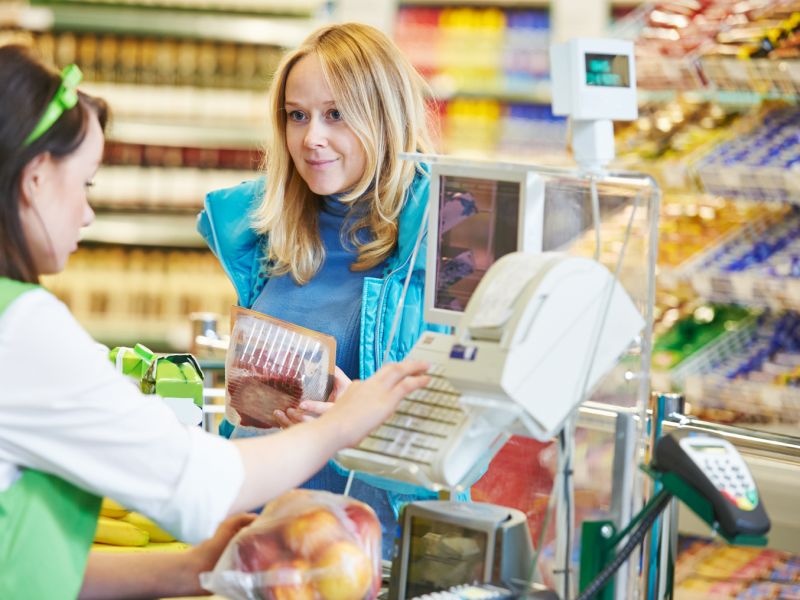Want to Eat Healthier? Avoid Stores With Snacks at Checkout
By Steven ReinbergHealthDay Reporter

TUESDAY, Dec. 18, 2018 (HealthDay News) -- Getting rid of candy and chips at the supermarket checkout could lead to a dramatic reduction in junk food consumption, researchers say.
"Changing what food is displayed at checkouts seems to have an impact on what customers buy. It could also have an impact on what they eat, but we can't be sure about that," said a British team led by Jean Adams, of the University of Cambridge.
Snacks displayed along the checkout line are there to tempt you to make an impulse purchase. Grabbing a chocolate bar, a bag of cheese puffs or a roll of hard candies may seem harmless enough, but the effects of these unhealthy purchases add up, the researchers said.
Six major supermarket chains in the United Kingdom removed these unhealthy products from the checkout area between 2013 and 2017. To gauge the effect, Adams and her colleagues evaluated data from more than 30,000 households from 12 months before to 12 months after implementation. They found that stores sold 17 percent less of these small packaged snack items after these policies were enacted.
The researchers also looked at data from 7,500 shoppers who recorded food bought and eaten on-the-go from 2016 to 2017.
They found that shoppers made 76 percent fewer purchases of less healthy common checkout foods from supermarkets that didn't keep snacks near the cash registers, compared with those that did.
However, the study can't prove that shoppers avoided junk food altogether. It's possible buyers swapped small packages of sweets and chips at the checkout for larger packages displayed elsewhere in the store, Adams said.
Adams said large supermarket chains play a major role in setting food policies for consumers.
Supermarkets that voluntarily make changes have the potential to promote healthier patterns of food purchases, Adams said. Government regulation, however, would allow customers of all supermarkets to benefit from these changes, she said.
Overall, not much food is purchased from checkouts, and there are many other ways that supermarkets are organized to influence what customers buy, Adams said.
"Even if changing checkout food does lead to changes in what people eat, the overall impact is likely to be small," she said. "But lots of small changes can lead to big improvements."
Samantha Heller is a senior clinical nutritionist at New York University Medical Center in New York City.
"Seeing colorful candy and other unhealthy foods at eye level, intentionally placed in the checkout aisles, where we spend a considerable amount of time, may prompt both adults and children to impulsively grab a product," Heller said. "This makes food companies very happy."
It's the retailers and manufacturers that benefit, she said. "The food companies make huge profits, and the consumer is at a greater risk of obesity, type 2 diabetes, cardiovascular disease and cancer," Heller noted.
Unfortunately, consumers don't feel they have a voice in food product placement in stores, online or in advertisements, she said.
"We need to adopt a 'no junk, candy, fast, or highly processed food goes in our cart' mantra," Heller said.
The fewer highly processed foods we eat, the less intense our cravings for those foods may be, she added.
"Not skipping meals, eating a balanced diet and ditching candy, chips and other highly processed foods are helpful strategies in helping us turn a blind eye to the allure of less healthy, highly processed foods," Heller said.
The report was published online Dec. 18 in the journal PLOS Medicine.
More information
The U.S. Department of Agriculture provides more healthy eating tips.

The news stories provided in Health News and our Health-E News Newsletter are a service of the nationally syndicated HealthDay® news and information company. Stories refer to national trends and breaking health news, and are not necessarily indicative of or always supported by our facility and providers. This information is provided for informational and educational purposes only, and is not intended to be a substitute for medical advice, diagnosis, or treatment.

